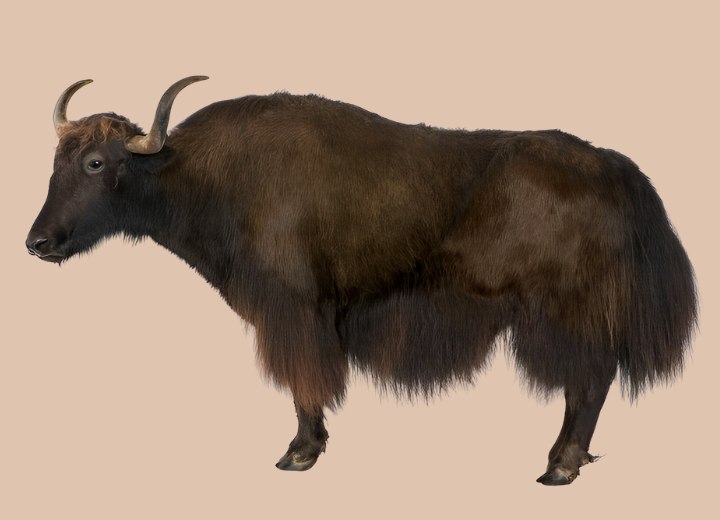Ill informed? You don't even know which buffalo your follicles came from.
Its probably near the anus...
Yak Hair and Yaki Hair
Q: What is Yak hair? I have heard several cosmetologist and beauty supply sales agents tell me Yak hair is “human hair” from a human being and not a Yak animal. Others say Yak hair IS from an animal, however, since it is a living creature, it is considered “human hair”. Please advise me on this matter.
A: This is another development in the hairdressing industry that results in LOTS of confusion due to the way our industry professionals decide to name the products being used. (I’ve ranted for years on the way names of hairstyles can vary widely causing massive confusion for women who want a particular look.)
When it comes to hair extensions as well as
wigs and hair pieces, the term(s) Yak Hair (or Yaki Hair) are found all over the place. These two terms refer to hair fibers that are naturally produced, but are very different in their origins.

Yak hair is NOT human hair. It is harvested from the body of the Yak animal – an ox-like mammal native to the Himalayas and Tibet with dark, long and silky hair, a horse-like tail and a full, bushy mane. The hair of the yak is structurally similar to human hair and testing revealed that it responded the same way to the styling methods used to style human hair as human hair responded. In look and texture, this animal hair closely matched “relaxed” African-ethnic hair and Indo-Asian hair types. Because the hair could be grown and harvested from these animals in massive quantities, it has become a staple in inexpensive hair extensions and accessory products.
However, some time after yak hair became widely used in the industry, it was discovered that many people were allergic to the fibers. Since the look of the yak hair products was so popular, researchers immediately went to work looking for another alternative that would be inexpensive, yet give the look women had begun to clamor after.
And thus “YAKI” hair was born. Yaki hair IS human hair that has been harvested in as inexpensive a manner as possible and chemically processed and treated to look and feel the way yak hair does. This allows women to get the look they want without the risk of allergic responses.
So, it seems that your confusion stems from the inability of your previous information sources to properly identify the products they’re discussing.
Get this straight. There is manufactured human hair...that mimics YAK hair?
Man you women are LOST

 makes sense.
makes sense. you can't even read and comprehend two sentences. You've only showed that you are ill-informed.
you can't even read and comprehend two sentences. You've only showed that you are ill-informed.

 when I read that post about men with waves not wanting water to touch their head
when I read that post about men with waves not wanting water to touch their head


 It's like these dudes have a problem with everything black women do from our hair to the tv shows we watch. They complain about everything.
It's like these dudes have a problem with everything black women do from our hair to the tv shows we watch. They complain about everything. 
 I don't yak or yaki hair. More of your dumb ass assumptions.
I don't yak or yaki hair. More of your dumb ass assumptions.